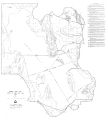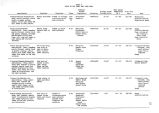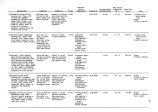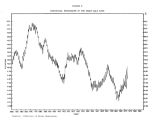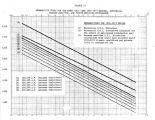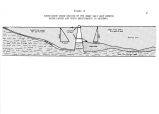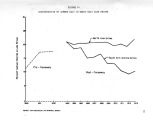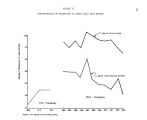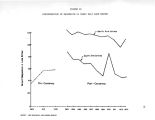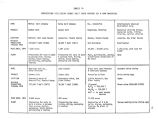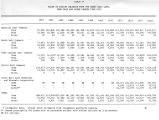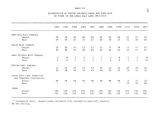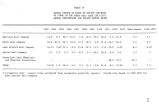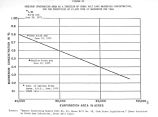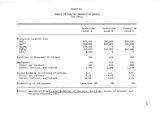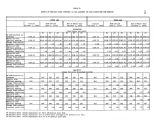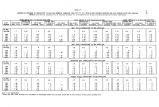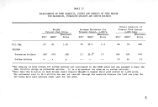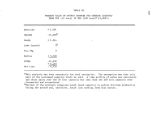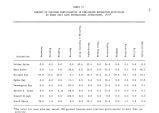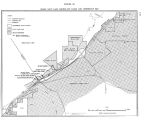| OCR Text |
37 temperature inversions develop which may persist for several weeks at a time, especially in late fall and winter. During these periods, the top of this inversion averages 5,000 to 6,000 feet above sea level ( 1,000 to 2,000 feet above the valley floor). Industrial and other pollutants are then trapped below the inversion in the confines of the Basin. As a result of the increase in industrial activity in recent years and the large increase in the number of automobiles, the Salt Lake area now has one of the most serious air pollution problems in the nation. The surrounding mountains not only trap the cold air but also block storms from moving into the region and dissipating the inversion. During the past 37 years, the Salt Lake Airport has averaged 11 days per year on which visibility of less than one- fourth mile was reported. A record of 37 such days occurred in 1931. Temperature The semi- arid continental climate of the Salt Lake Basin is characterized by large variations in mean temperature because of the effects of local topography. Mean average annual temperatures range from 53.2 degrees Fahrenheit at Antelope Island located in the Great Salt Lake to 44.9 degrees at Snowville, Utah, about 20 miles north of the Lake. Temperatures along the southern and western shores of the Lake range between 41 and 52 degrees with slightly colder mean temperatures of 49 or 50 degrees reported for stations to the north. Temperature variability is evidenced by the range of extreme maximum and minimum temperatures observed in the Basin. The warmest temperature recorded at an official station in the Basin was 112 degrees at Wendover |




























